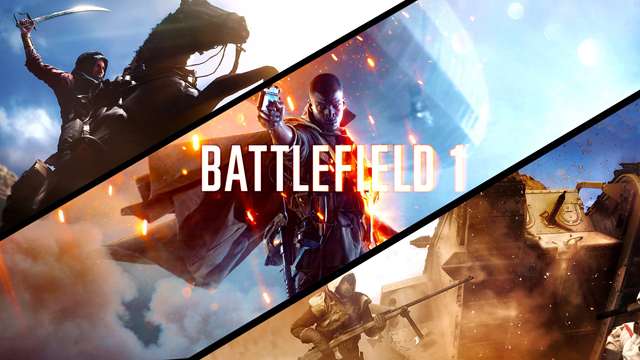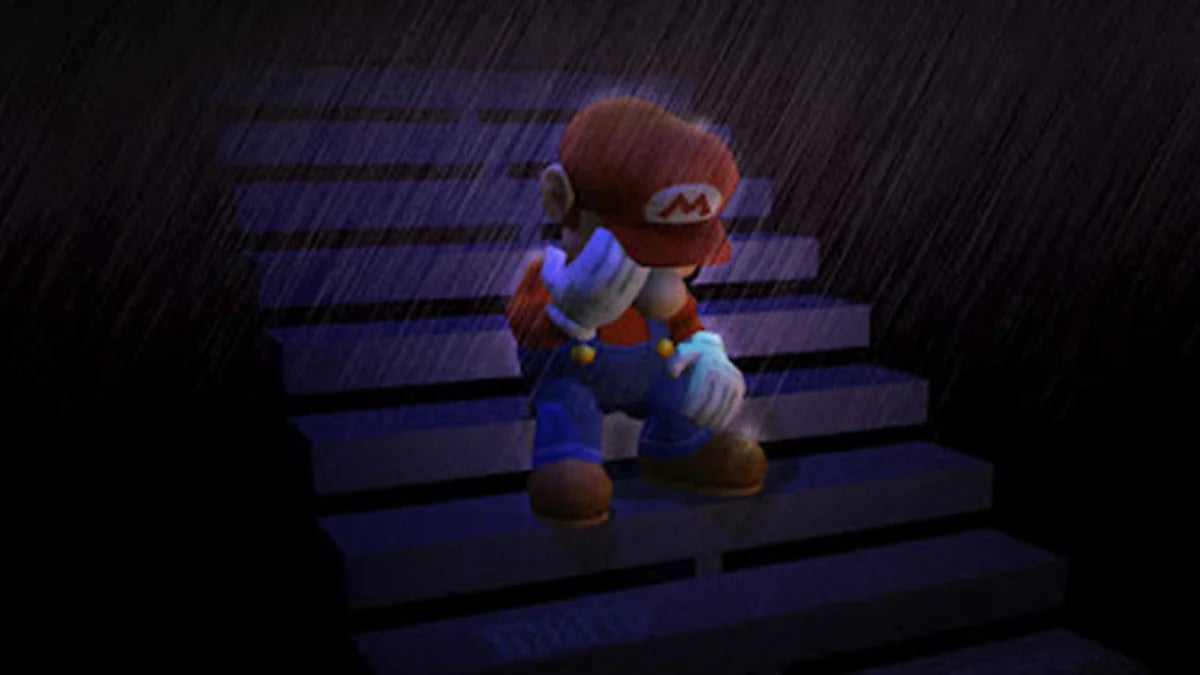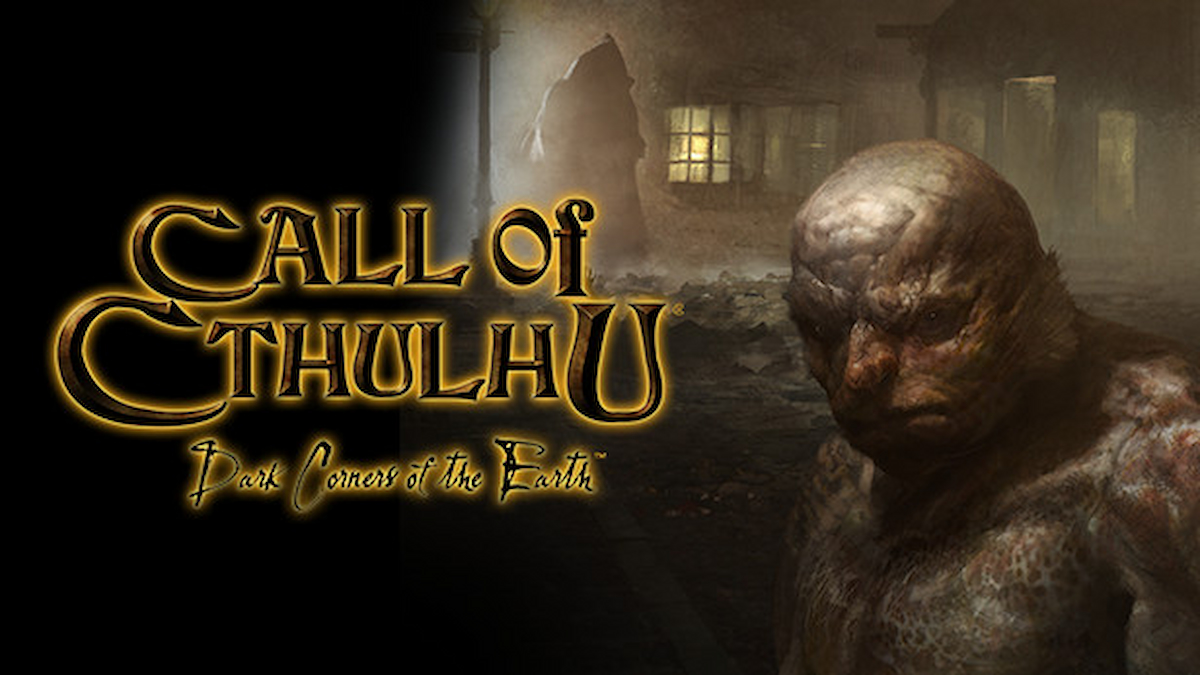After this year’s E3, EA granted access to the closed alpha test of Battlefield 1 only to a small group of lucky gamers. It turned out that among them were the true masters of data mining, who discovered a whole set of multiplayer maps that will be available in the final version of the game scheduled for October 21, 2016 release date.
Overall, there are ten locations that have a huge historical significance. You may already know that events of Battlefield 1 take place during the World War I, so these locations are tightly connected to the most important battles that took place in real life.
Let’s take a look at all these maps and see which one is going to be the most exciting.
Battle of Fao Fortress

Fao Fortress is located in the town of Al-Faw, a small port on the Al Faw Peninsula in Iraq. This place had been successfully taken by the British forces on November 8, 1914.
The reason for the Battle of Fao was the endangered British oil facility that had to be protected. It was not an easy task since British troops arrived at the heavily guarded fortress without any artillery support. As a result, British soldiers had to dig trenches around and shoot back at the fortress for two days.
As soon as the artillery arrived, the British took advantage of the situation and conquered the Fao Fortress in mere 45 minutes. Over 300 enemy soldiers were captured and imprisoned. However, this was only the first battle for the safety of British oil rigs, but the true challenge laid ahead at Baghdad, which also had to be taken.
This map will feel just like the famous Allied landing on the beaches of Normandy during WW2. Also, those who have played Battlefield 4: Second Assault will see a lot of similarities with the multiplayer map “Gulf of Oman.”
Raid on the Suez Canal
The Suez Canal was created by the British at the end of the 19th century in order to connect Mediterranean Sea with the Red Sea for easy communication and transportation. However, the people of Egypt felt danger in the British occupation of the region and on August 2, 1914 the Ottoman (Turkish) armies mobilized in preparation to attack the Suez Canal.
The actual battles lasted from January 26 to February 4, 1915. The Ottoman army accumulated over 20,000 troops, but they still couldn’t manage to break through the British defense army, which had gathered a whopping 30,000 men (mostly recruits from the Indian army).
At first, the Turkish infantry gathered at the central route across the Sinai River, but as soon as the British and French ships entered the Suez Canal they immediately started firing at the Turks. It was quite unexpected for the Arab army, and those who tried to cross the river were met with Indian machine-gunners.
This multiplayer map will be really exciting, as it involves various types of action, including the infantry clashes, the battleship attacks and the support from the sky.
Desert Mounted Corps (Sinai and Palestine Campaign)
The Desert multiplayer map in Battlefield 1 is very similar to the “Silk Road” map from Battlefield 4: China Rising. The events take place in a huge deserted area at the times of Sinai and Palestine Campaign that started with an Ottoman Raid of the Suez Canal in 1915, and ended with the Armistice of Mudros in 1918.
The famous Desert Mounted Corps that took part in all the battles of Sinai and Palestine conflict consisted of Australian light horse, British yeomanry, and New Zealand mounted rifles brigades. These brave men had been assigned to patrol the deserts of the No Man’s Land during WWI.
It is still not clear which of the many conflicts will be present in this multiplayer map, but you can be sure that there will be lots of heavy artillery and horse riding involved. Another possibility is that this will be an open map with random attack-and-defense campaigns.
St. Quentin Scar
This map is prominently featured in all the available gameplay videos of Battlefield 1, so you should be familiar with it, if you’ve been following the game’s development. The events of The St. Quentin Scar took place in the village of Travecy, France during WWI.
The environment of the countryside allows for various tactical decisions: you can hide behind the hills or in the fields, control roads and outskirts for long-range combat with armored vehicles, or engage in the close-range combat with infantry right in the center of the village.
There had been many significant battles in France at the latter stage of WWI, but the conquest of Mont Saint-Quentin is considered by many as the greatest military achievement of the war.
At the center of the battle were the troops of the Australian 2nd Division against the German infantry. The casualties were quite significant with over 3,000 dead Australian soldiers, but the conquest ensured a complete German withdrawal eastwards back to the Hindenburg Line.
Battle of Passchendaele (Château Wood, Belgium)
It is interesting that developers of Battlefield 1 have decided to make a map based on a minor, but quite terrifying event that took place from July to November 1917 in the Château Wood, Belgium — instead of the more famous Battle of Château-Thierry in France.
The Battle of Passchendaele had to be won since it was a major supply channel for the Germany’s Fourth Army. Many adverse factors played a role in the events of the Château Wood, which is one of the trickiest areas for military operations to begin with. On top of that, it was a rainy and unusually cold autumn, which made this battle a true challenge for both sides.
The area in the game looks like a burned down forest with dirty moist soil everywhere. So, if you enjoy particularly grim and challenging missions, try this map out when the game is released. And, if you can’t wait, then sign up for the early access beta-test here.
Battle of Amiens
The famous final battle of Amiens marked the end of the exhausting war. The event took place from August to November 1918 in the city of Amiens that is located in the northern part of France.
This is the only multiplayer map in Battlefield 1 that showcases a life-sized city of the early 20th century, so it is quite unique in this regard.
The hundred day battle hit the final nail in the coffin of Germany’s attempt to take over the world. The German army had been so demoralized that it led to massive deserter incidents. This victory allowed the British Fourth Army to send in almost a thousand tanks into the very center of German territory. As a result, German army had no other choice but to capitulate.
Maas-Argonne Offensive
This great battle that lasted for 48 days along the entire Western Front had several phases, hence the two separate multiplayer maps in Battlefield 1 – Maas-Argonne Offensive and the Battle of the Argonne Forest.
Maas-Argonne Offensive was the second most important battle at the latter part of 1918 that set the course to end the war. The first phase of this battle (Sep. 26 – Oct. 3) was marked with an unpleasant loss of many American soldiers due to incompetent leaders who had been replaced shortly after the first attack.
The second phase of the Offensive (Oct. 4 – Oct. 28) was significantly more successful and allowed the Allied Forces to push the German troops into the Argonne Forest. This battle continues in the next Battlefield 1 map.
Battle of the Argonne Forest
The third and the final phase of the Maas-Argonne battle (Oct. 28 – Nov. 11) was marked with a complete victory of American troops over Germans in the forest of Argonne. This operation also allowed them to conquer all the surrounding hills, which let the French forces move beyond the River Aisne and capture Le Chesne commune – an important strategic point.
Maas-Argonne Offensive is considered the deadliest battle in the US history that took the lives of 26,000 American soldiers.
Italian Front
Italy never had any significant battles during WWI except a series of battles at the border of Austria-Hungary and Italy. This multiplayer map doesn’t focus on any particular part of the Italian Front, but gives a hint on several sea warfares and coastal clashes.
The Adriatic Campaign of WWI, on the other hand, was marked with significant battles on the surface of the sea, mainly between the battleships of Austro-Hungarian navy and the Allied Forces. However, the Allied Forces could do nothing against the German–Hungarian U-boats, which freely roamed the Adriatic Sea and constantly torpedoed the Allied ships.
Battles of the Isonzo
The final multiplayer map in Battlefield 1 replicates the battle at Isonzo, Slovenia. This location is interesting due to its mountains and hills that were both a significant obstacle and a great hiding spot for Austro-Hungarian and Italian armies.
Huge amounts of resources had been poured into the 12 consecutive battles that took place in the Valley of Isonzo. The area proved to be extremely dangerous for both sides and casualties had been enormous: the Austro-Hungarian army lost about 200,000 soldiers, while the Italians lost a mind-boggling half of its 600,000 army.
However, the Battles of the Isonzo served as a great catalyst for the development of artillery, aircrafts and general military tactics.
Conclusion
As you see, all ten multiplayer maps based on these historical battles are quite varied, and they should provide lots of innovative gameplay mechanics for us to explore. The realistic approach is another important part of Battlefield 1 that should be mentioned.
This time developers went really far ahead with the technologies and every little detail really feels like an actual item and not just a block of polygons. Everything from the military uniforms to the destructibility of environment has been polished to highest possible degree. In this regard, Battlefield 1 will most definitely earn the title of the best shooter of the year.
What is your favorite upcoming multiplayer map in Battlefield 1? Share your impressions in the comments section below.















Published: Aug 5, 2016 11:18 am